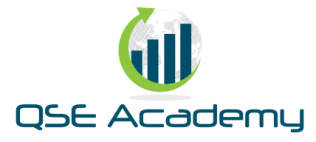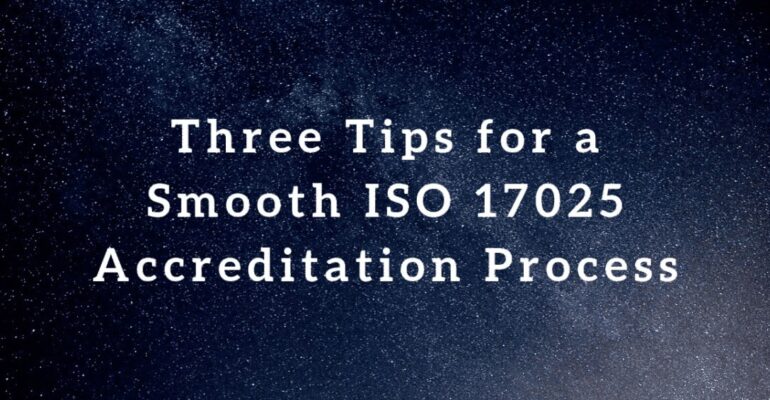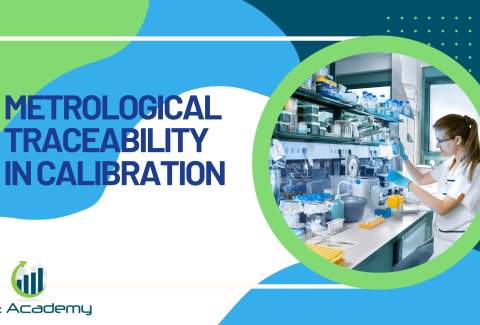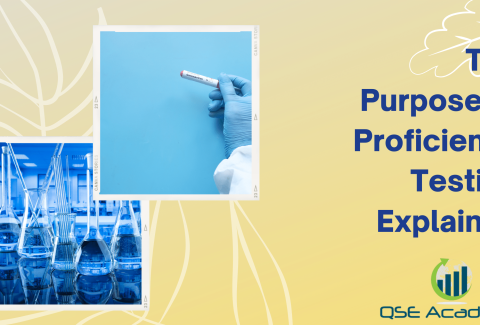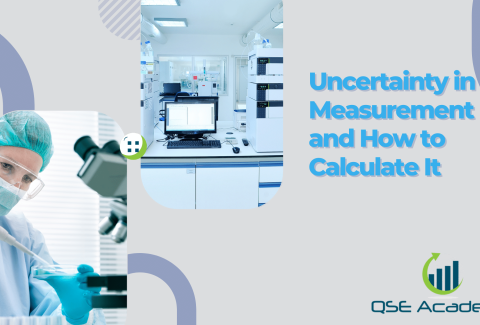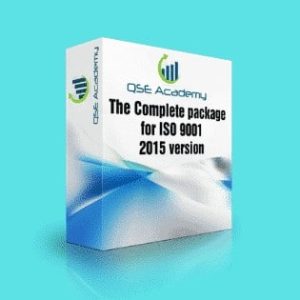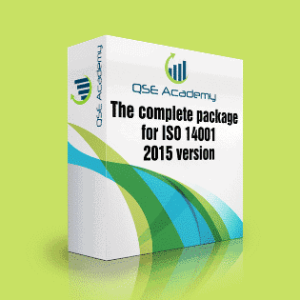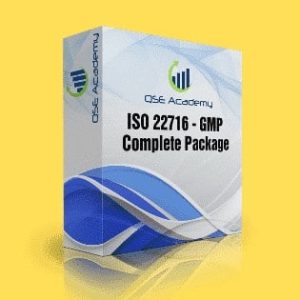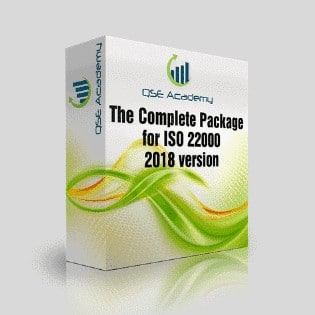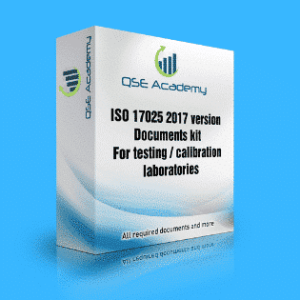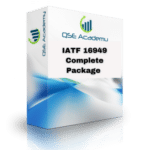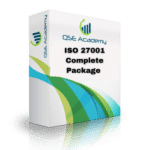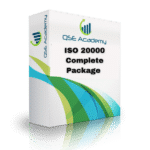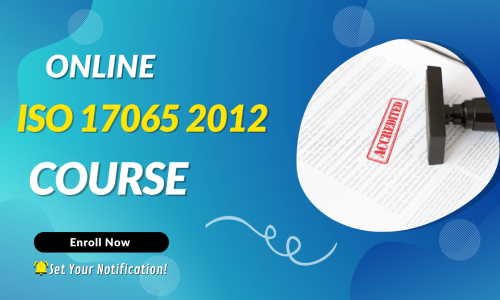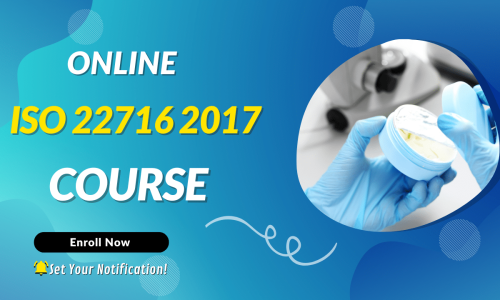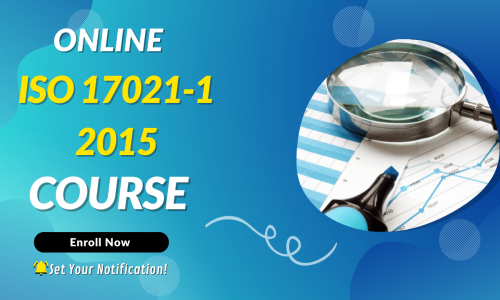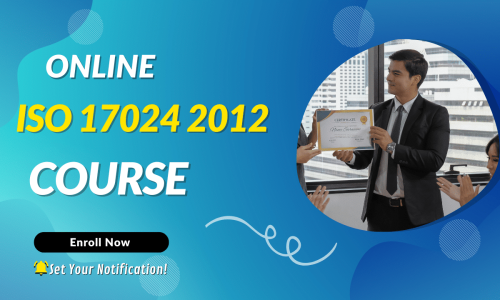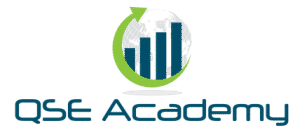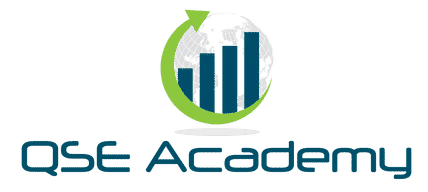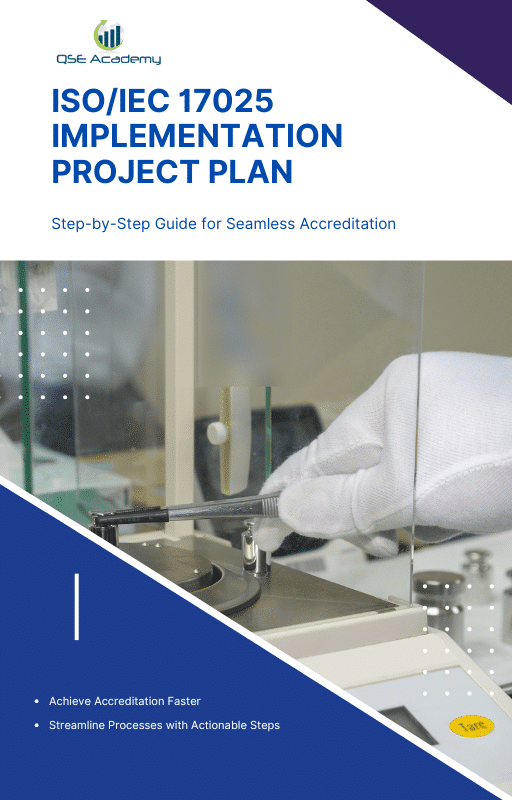Three Tips for a Smooth ISO/IEC 17025 Accreditation Process
Three Tips for a Smooth ISO/IEC 17025 Accreditation Process
Getting ready for the ISO/IEC 17025 Accreditation Process can feel a little overwhelming—especially if it’s your lab’s first time. Between understanding the standard, aligning your procedures, and preparing for assessments, it’s easy to feel like there’s a mountain to climb. But here’s the good news: with the right approach, the path to accreditation doesn’t have to be stressful.
The ISO/IEC 17025 Accreditation Process is all about proving that your lab is technically competent and operates with a strong quality system. And while the process is detailed, it’s also very doable—especially if you focus on the right areas from the start.
In this article, I’ll walk you through three clear, practical tips that can make your ISO/IEC 17025 Accreditation Process smoother, more efficient, and way less stressful:
-
Know the standard inside and out
-
Perform internal audits like a pro
-
Get your staff involved and aligned
If you’re ready to take a confident step forward toward accreditation, let’s get started.
Tip 1: Understand the Standard Inside and Out
Before you dive into documentation or try to pass an audit, the most important step in the ISO/IEC 17025 Accreditation Process is getting truly familiar with the standard itself. That means more than just skimming the clauses—you need to understand what each requirement actually means and how it applies to your lab’s daily operations.
The ISO/IEC 17025 standard is divided into two main parts:
-
Management requirements – These cover quality system elements like document control, internal audits, and corrective actions.
-
Technical requirements – These deal with the nitty-gritty of lab work, including equipment, measurement traceability, personnel competence, and test methods.
One of the biggest mistakes labs make during the ISO/IEC 17025 Accreditation Process is assuming that if they already follow good lab practices, they’re covered. But ISO/IEC 17025 expects you to document, monitor, and verify those practices in very specific ways. Even small gaps in understanding can lead to nonconformities during your assessment.
So here’s how to make this tip work:
-
Read the standard line by line and take notes on what each clause means in your context
-
Map your current procedures to the relevant clauses so you can see where you already comply—and where you might have work to do
-
Ask questions when something isn’t clear; this is where an internal expert or consultant can be really helpful
The more you understand the standard, the easier every other step of the ISO/IEC 17025 Accreditation Process becomes. You’ll spot issues early, avoid misunderstandings, and build a quality system that actually works—not just one that looks good on paper.
Next, we’ll look at how internal audits can become your best tool for preparing with confidence.
Tip 2: Perform a Realistic Internal Audit
Here’s a secret many labs overlook during the ISO/IEC 17025 Accreditation Process—your internal audit can be your greatest ally, or your biggest missed opportunity. A solid, honest internal audit helps you catch issues early, fix them proactively, and walk into your external assessment with confidence.
The key here is to treat your internal audit like a dress rehearsal for the real thing. Don’t cut corners. Don’t sugarcoat findings. And definitely don’t treat it like just another checkbox on a to-do list. This is your chance to simulate the experience of the accreditation body walking through your lab.
Here’s how to make your internal audit meaningful during the ISO/IEC 17025 Accreditation Process:
-
Audit against the actual clauses of ISO/IEC 17025, not just your internal procedures
-
Use a checklist that mirrors what an assessor might use—this helps you see things from their point of view
-
Look for real evidence of compliance: records, logs, observations, and staff responses
-
Be critical but fair—find gaps, ask questions, and document everything clearly
And don’t forget the follow-up. One of the common pitfalls in the ISO/IEC 17025 Accreditation Process is finding nonconformities during an internal audit but not acting on them. Make sure you assign corrective actions, verify the fixes, and keep the documentation tidy and traceable.
A well-executed internal audit gives you a chance to clean up loose ends before the assessors arrive. It boosts your team’s readiness and reduces surprises. In fact, some of the smoothest ISO/IEC 17025 assessments I’ve seen happened because the lab took their internal audit seriously and used it to fine-tune their system.
Next, let’s talk about a powerful piece of the process that’s sometimes overlooked—your people. Because when your team is informed and engaged, everything runs a whole lot smoother.
Tip 3: Keep Staff Informed and Involved
One of the most underrated parts of a successful ISO/IEC 17025 Accreditation Process is getting your people on board. Even the most well-written procedures or organized documentation won’t go far if your team isn’t clear on their roles—or worse, doesn’t even know the accreditation is happening.
When staff feel informed, prepared, and part of the process, everything clicks into place. The assessor’s questions get answered confidently, documentation is easy to trace, and daily lab activities flow in line with the standard.
So how do you make that happen? Here are a few simple ideas:
-
Communicate early and often – Let your team know what the ISO/IEC 17025 Accreditation Process involves, what to expect during the assessment, and how it affects their role
-
Break the standard down into bite-sized pieces – Use staff meetings, posters, or brief refreshers to explain specific requirements in plain language
-
Make training practical – Focus on how ISO/IEC 17025 shows up in day-to-day tasks like equipment calibration, data entry, or handling samples
-
Encourage questions – The more your team understands the “why” behind the process, the more confident and engaged they’ll be
Remember, assessors often speak directly with staff during the ISO/IEC 17025 Accreditation Process. They’ll ask how procedures are followed, how records are kept, and how responsibilities are handled. When your team is comfortable and prepared, those conversations go smoothly—and your lab shines.
A team that feels part of the accreditation journey will not only help you get accredited but will also help you maintain that standard long after the assessment is over. Now that we’ve covered these three essential tips, let’s wrap things up with a quick recap of how they work together to make your accreditation process smoother from start to finish.
Final Thoughts on a Smooth ISO/IEC 17025 Accreditation Process
Going through the ISO/IEC 17025 Accreditation Process doesn’t have to be overwhelming or confusing. With the right preparation and mindset, it can actually be a rewarding experience that strengthens your lab from the inside out. The key is to approach it with clarity, consistency, and full team involvement.
Let’s quickly recap the three tips that can really make a difference:
-
Understand the standard in detail and apply it to your lab’s specific operations
-
Use internal audits as real preparation—not just a formality—to spot and fix gaps early
-
Get your staff engaged and informed so they’re confident, responsive, and ready during the assessment
Each of these tips supports a smoother ISO/IEC 17025 Accreditation Process, not just during the official audit but throughout your lab’s ongoing quality journey. The goal isn’t just to “pass”—it’s to build a system that works, that your team believes in, and that delivers real, reliable results.
So if your lab is preparing for ISO/IEC 17025 accreditation, remember: it’s a process you can handle—and even enjoy—when you break it down into manageable, practical steps. With a clear focus and a motivated team, you’ll be well on your way to accreditation success.
I hold a Master’s degree in Quality Management, and I’ve built my career specializing in the ISO/IEC 17000 series standards, including ISO/IEC 17025, ISO 15189, ISO/IEC 17020, and ISO/IEC 17065. My background includes hands-on experience in accreditation preparation, documentation development, and internal auditing for laboratories and certification bodies. I’ve worked closely with teams in testing, calibration, inspection, and medical laboratories, helping them achieve and maintain compliance with international accreditation requirements. I’ve also received professional training in internal audits for ISO/IEC 17025 and ISO 15189, with practical involvement in managing nonconformities, improving quality systems, and aligning operations with standard requirements. At QSE Academy, I contribute technical content that turns complex accreditation standards into practical, step-by-step guidance for labs and assessors around the world. I’m passionate about supporting quality-driven organizations and making the path to accreditation clear, structured, and achievable.
